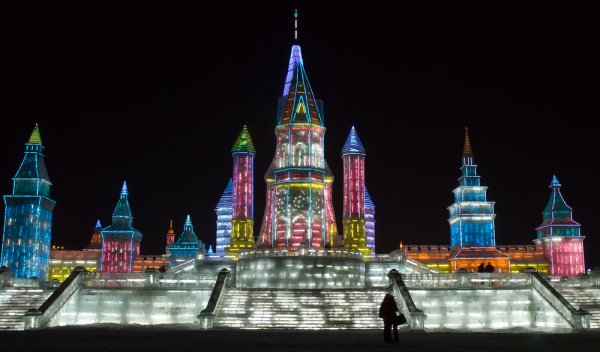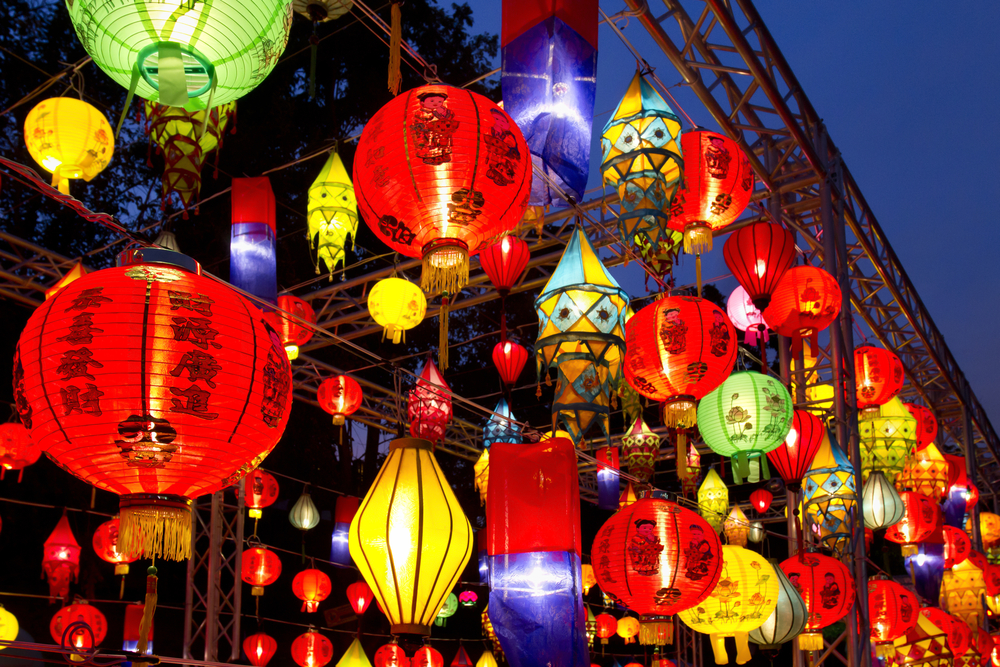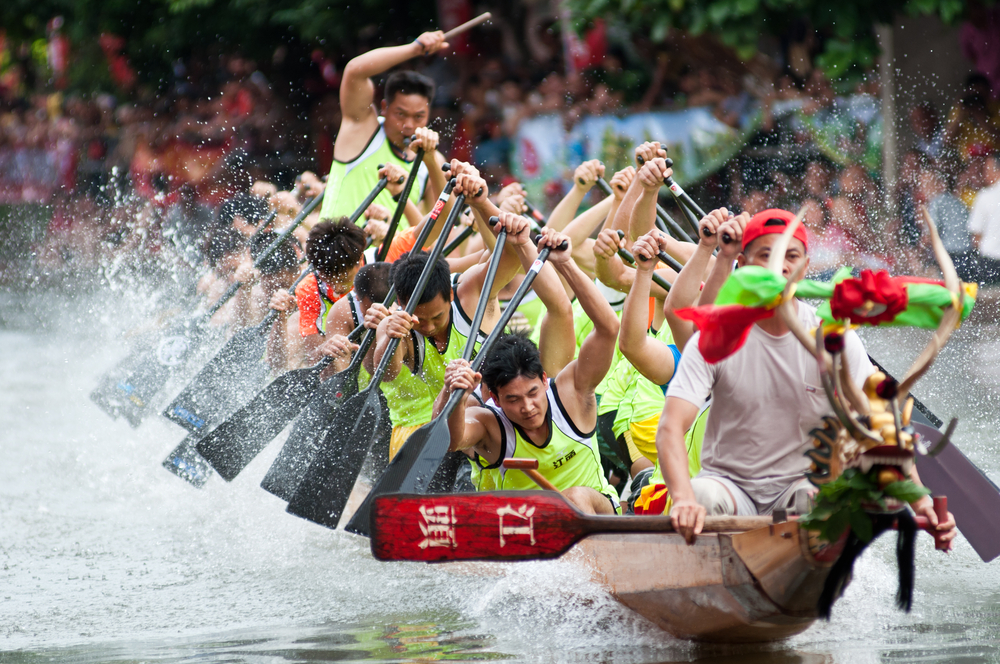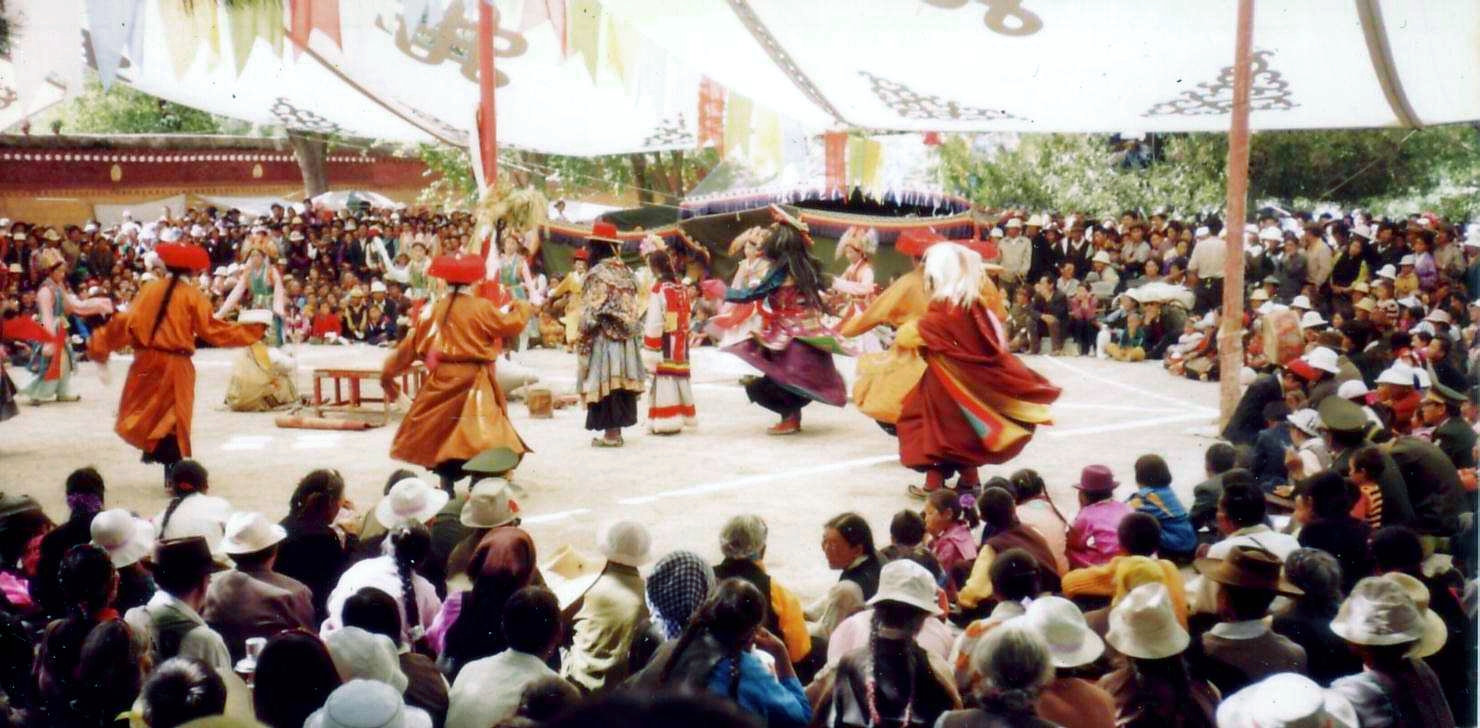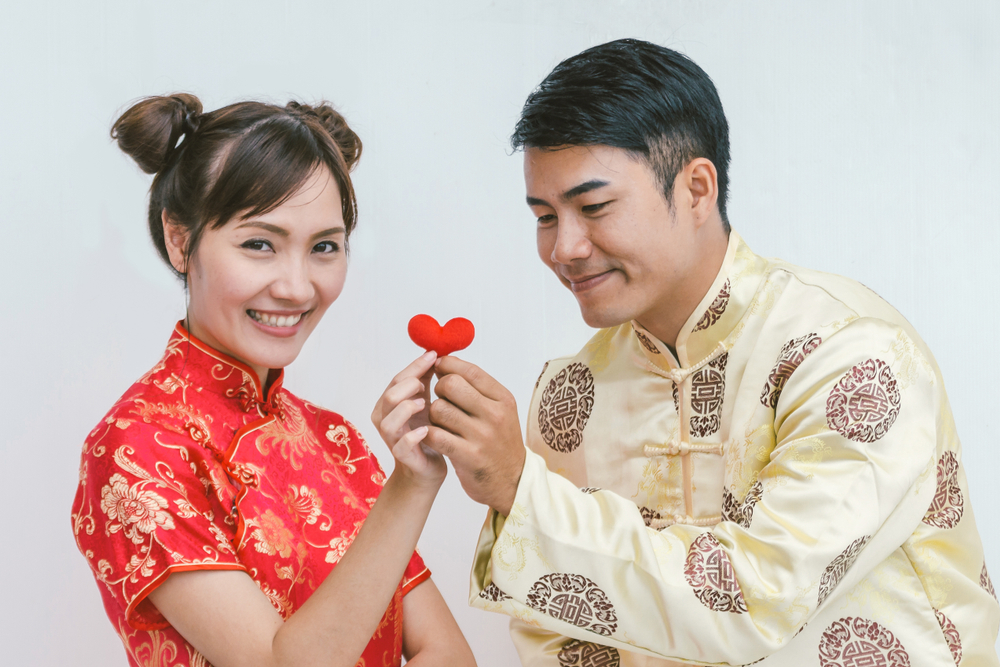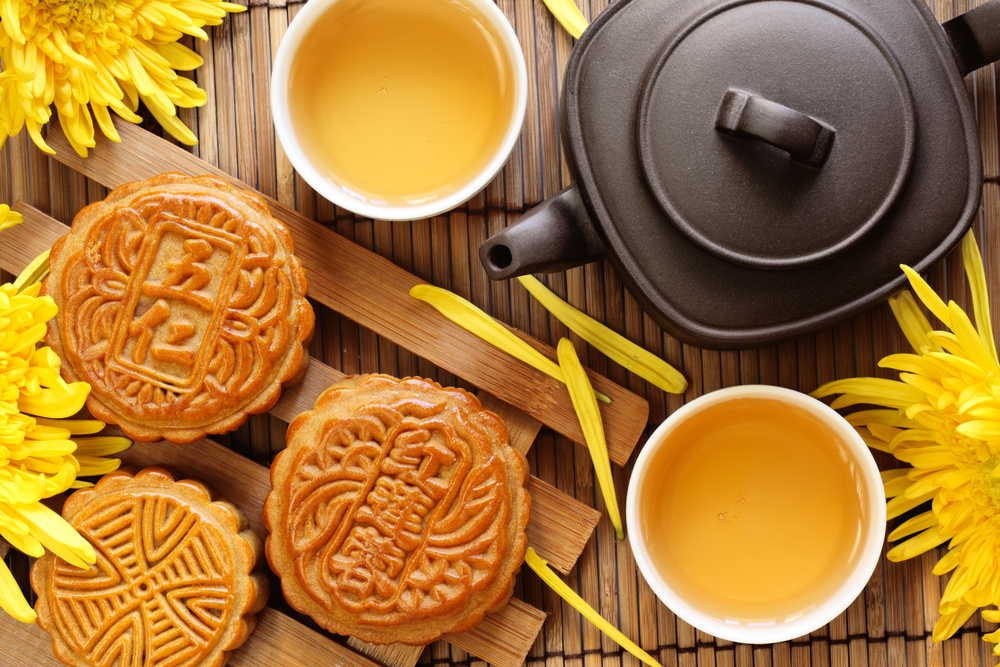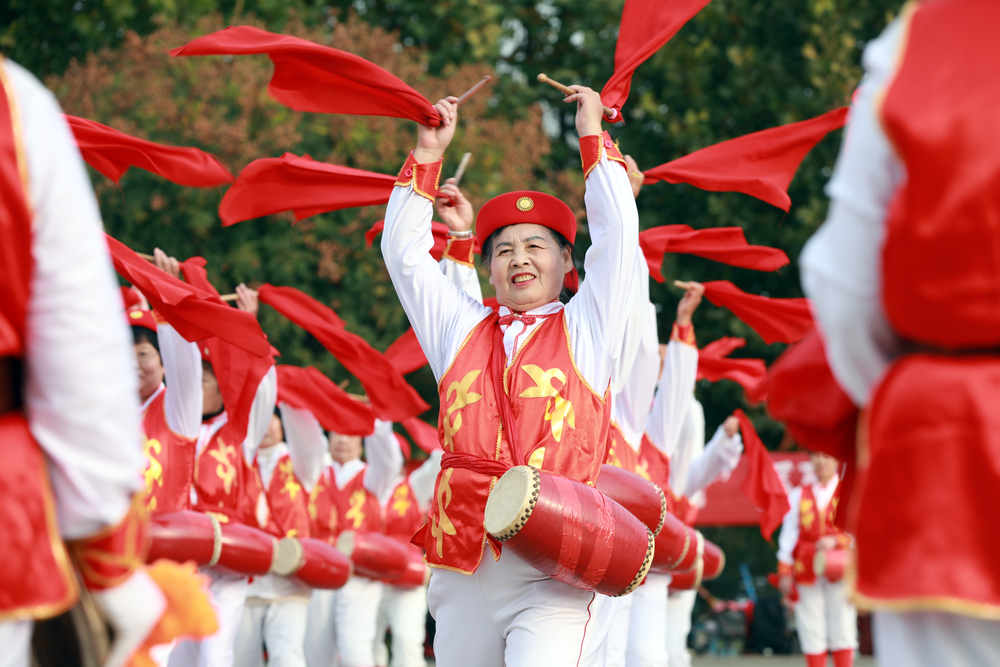Holidays and Festivals: Holiday Calendar

Calendar
| Holiday | 2024 | 2025 | 2026 | Affected |
| New Year's Day | Jan. 1 | Jan. 1 | Jan. 1 | g, b, o, some r |
|---|---|---|---|---|
| Chinese New Year | Feb. 10 | Jan. 29 | Feb. 17 | g, b, o, r |
| International Women’s Day | March 8 | March 8 | March 8 | some r |
| Tomb Sweeping Day (Qing Ming Jie) | April 4 | April 4 | April 5 | g, b, o, r |
| Labor Day | May 1 | May 1 | May 1 | g, b, o, r |
| Chinese Youth Day | May 4 | May 4 | May 4 | some r |
| International Children's Day | June 1 | June 1 | June 1 | none |
| Founding of the Communist Party of China | July 1 | July 1 | July 1 | none |
| Birthday of the People's Liberation Army | Aug. 1 | Aug. 1 | Aug. 1 | none |
| National Day Holiday | Oct. 1–7 | Oct. 1–7 | Oct. 1–7 | g, b, o, some r |
Note: Holidays that fall on weekends are often moved to the following Monday.
Key:
g = government offices and institutions
b = banks and financial institutions
o = non-retail businesses/offices
r = retail businesses
Harbin Ice Festival
Date(s):
Begins January 5
Closures:
None
Description:
A month-long yearly event in Harbin showcasing artistic snow and ice sculptures as well as winter activities.
Background:
Held annually in the Heilongjiang Province, the Harbin Ice Festival began in the winter of 1985. The tradition of making ice and snow sculptures in the area can be traced back to the early Qing Dynasty, however, when locals crafted ice lanterns during winter months.
How Celebrated:
Competitors from various parts of the world showcase their talent in crafting artistic ice structures and sculptures. Aside from viewing the annual competition among ice experts, spectators and fans can indulge in exhilarating activities like sledding, downhill skiing, ice skating and even hockey. Many couples hold their weddings at this yearly event.
Lantern Festival
Date(s):
Two weeks after the lunar new year begins
Closures:
None
Description:
Lantern Festival, also called Shang Yuan Festival, is sometimes dubbed the "Second New Year." It is the last celebration of the series of springtime festivals.
Background:
It is almost impossible to trace the exact origin of the festival. There are many theories regarding its roots. Some believe that the festival is connected with the ancient worship of Taiyi, the god of heaven. Another legend tells a story of Tianguan, a Taoist god that grants good fortune and who was born on the 15th day of the first lunar month. Since this god is known to enjoy all kinds of entertainment, devotees prepare a variety of activities to gain the god’s favor, including lighting lanterns. Yet another story associates this festival with Buddhism. It was said that Emperor Mingdi dreamt of a gold man that entered his palace. After sending a scholar to seek Buddhist scriptures, the emperor ordered a temple to be built for a statue of Buddha and required his people to display lanterns in his honor.
How Celebrated:
The most breathtaking and spectacular sights to behold are the temples and houses across the country as they bask in the warm glow of lighted lanterns during the Lantern Festival. Children are often seen carrying the lanterns as they roam around the streets excitedly celebrating this festive occasion. In the capital Beijing, revelers frequent popular markets to admire the colorful lanterns on display. Unlike in the past, when the lanterns were homemade with simple designs, today the lanterns are works of art and are made to reflect a plethora of popular symbols such as carp, mermaids, or monkeys. Other popular practices include eating Yuan Xiao (dumpling balls), a traditional dish symbolizing happiness, and guessing the answers to riddles that are pasted on the lanterns. During the day traditional dragon and other dances take place in addition to the parades and other performances. The festival also is the Chinese equivalent of Valentine’s Day, a popular time for matchmaking and young couples to get together and enjoy the romantic atmosphere of the festivities.
Dragon Boat Festival
Date(s):
Fifth day of the fifth month of the Chinese lunar calendar (usually in June)
Closures:
Government, Banks, Offices, Retail
Description:
One of three major Chinese holidays, this summer festival is typically celebrated with dragon boat races and competitions.
Background:
Also known as Duan Wue, this festival probably originated in ancient times as a celebration of the winter wheat harvest in summer. Other traditions indicate a connection with the 3rd-century patriot poet Qu Yuan, a wise minister to the Zhou Emperor who spent his days in office trying to do away with court corruption and who was loved by the people. He drowned himself in a river in despair after being forced into exile and hearing that his government had lost a battle against which he had warned. To prevent the fish from eating the beloved poet’s body, the local people rushed out on long-paddle boats ("dragon boats"), drumming and singing loudly and throwing zong zi (rice balls) to the fish.
How Celebrated:
The Dragon Boat Festival is a major sporting event in the country, with various teams composed of robust men and women competing in a number of categories. What started as a traditional festival honoring Qu Yuan has become an international event, attracting spectators and competitors from around the world. Boats, 20 to 40 meters long and resembling ferocious dragons, are rowed during the race, which is the highlight of the festival. The boat, with its crew of a several dozen rowers, that is first to reach the finish line wins. The rowers are guided by the sound of beating drums.
Although the festival has turned into a modern and highly competitive event, in some rural parts of the country, people continue to follow old customs in celebration of Duan Wue. For example, protective parents pin perfumed pouches, containing herbal medicines, on the shirts of little children. Others, meanwhile, instead of pouches, place colorful bracelets around their wrists to serve as amulets. Other observances are eating dumplings called zongzi and drinking a special wine called realgar.
Shoton Festival (Yogurt Banquet)
Date(s):
Varies with the Tibetan/Buddhist calendar (typically mid-August)
Closures:
None
Description:
Celebrates the symbolic ending of the Tibetan monks' summer retreat.
Background:
This tradition began in the Drepung Monastery in the region of Tibet. In past centuries, the celebration lasted one day. However, thanks to increasing popularity, the local government decided to extend the celebration to five days.
How Celebrated:
Interpretative dances called Ache Lhamo are performed. Stories included in the Ache Lhamo, otherwise known as Tibetan Opera, are taken from ancient Indo-Buddhist myths. After every performance, spectators and tourists are treated to a delicious feast, which includes buckets of sweet yogurt.
Double Seventh Festival
Date(s):
Varies annually during August
Closures:
None
Description:
A traditional holiday that celebrates love and romance.
Background:
The celebration was taken from the legend of two intertwined hearts, Niu Lang, a cowherd, and Zhi Nhu, a heavenly fairy known as the "weaving maid." They fell in love, but their love was not meant to last, for both belonged to different worlds. Zhi Nhu was taken back to heaven, and when her beloved tried to retrieve her, a river (the Milky Way) was created by Zhi Nhu’s mother, thus separating the two lovers. In the end the lovers were allowed to meet, but only once a year, on the seventh day of the seventh lunar month.
How Celebrated:
Like the Western Valentine’s Day, the Double Seventh Festival is the time when couples swap flowers and chocolates. In rural areas, girls in love or searching for love offer fruits to the image of Zhi Nhu. A slowly dying practice is the holding of weaving competitions among young girls.
Mid-Autumn Festival
Date(s):
Falls on the 15th day of the eighth lunar month of the Chinese calendar (usually mid- or late September)
Closures:
Government, Banks, Offices, Retail
Description:
One of the two most important holidays in the Chinese calendar, the Mid-Autumn Festival, or Moon Festival, is a popular celebration of abundance and togetherness. In Malaysia and Singapore, it is also sometimes referred to as the Lantern Festival or Mooncake Festival.
Background:
Dating back over 3,000 years to the Zhou Dynasty, the festival celebrates the end of summer and the abundance of the summer’s harvest. Another tradition associates the festival with the patriot Shu Yuan Zhang, who plotted to overthrow the Yuan dynasty in the 14th century and supposedly passed his plans to his fellow rebels by hiding them in mooncakes.
How Celebrated:
This festival takes place during a full moon in autumn. The highlight of the Mid-Autumn festival is the eating of moon cakes, sweets containing a hardened egg yolk or bean paste in the middle, while staring at the bright moon. The Mid-Autumn fest is regarded as a time for family and reminiscing. As such, many Chinese, especially those who have moved to urban areas,return to their villages to spend the festival with their loved ones.Traditionally, family members feast on scrumptious food like fish, noodles, and taro. They also burn incense sticks, which are placed on tables, next to the round fruits such as pomelos, oranges and grapes. Some families, after filling their bellies with food, go out to watch lantern shows or musical performances. The unusual four-meter waves of the Quiantang River in Zhejiang Province also attract spectators during the festival.
Double Ninth Festival (Chong Yang)
Date(s):
Ninth day of the ninth month of the Chinese calendar, usually in October
Closures:
Some Retail
Description:
The Double-Ninth Day is a holiday associated with driving away danger, in which people take mountain hikes, visit the graves of their ancestors, and drink chrysanthemum wine. Also a day for hiking and appreciation of chrystanthemums, which are in full bloom during this season.
Background:
Also called Chung Yeung in other territories like Hong Kong and Macau, the "double ninth" day is perceived as a potentially "dangerous" day, due to the excess "yang" of the double nines of the date. According to legend, when a plague devil appeared near the Ruhe River. a boy named Heng Jing was told by an old Taoist priest how to defeat the devil, who would appear again on the ninth of the ninth month. The boy was instructed to go back to the village and tell the villagers to climb up the nearby mountain. While the people were safe on the mountain, the boy was able to trick and kill the plague devil with some strong Chinese wine made of chrysanthemum flowers.
How Celebrated:
Chrysanthemums are largely associated with the celebration, for the flower blossoms during the period when the Double Ninth Festival occurs. Thus, during the celebration, girls festoon their hair with chrysanthemum flowers, which supposedly repel evil and negative energy. Since the festival takes place in the height of autumn, many use the opportunity to enjoy the weather and nature by taking walks and hikes in the country. It is popular to go climb mountains, following ancient customs. Climbers take chrysanthemum wine with them and feast on a traditional cake called gao, whose name means "height."
Copyright © 1993—2025 World Trade Press. All rights reserved.

 China
China 